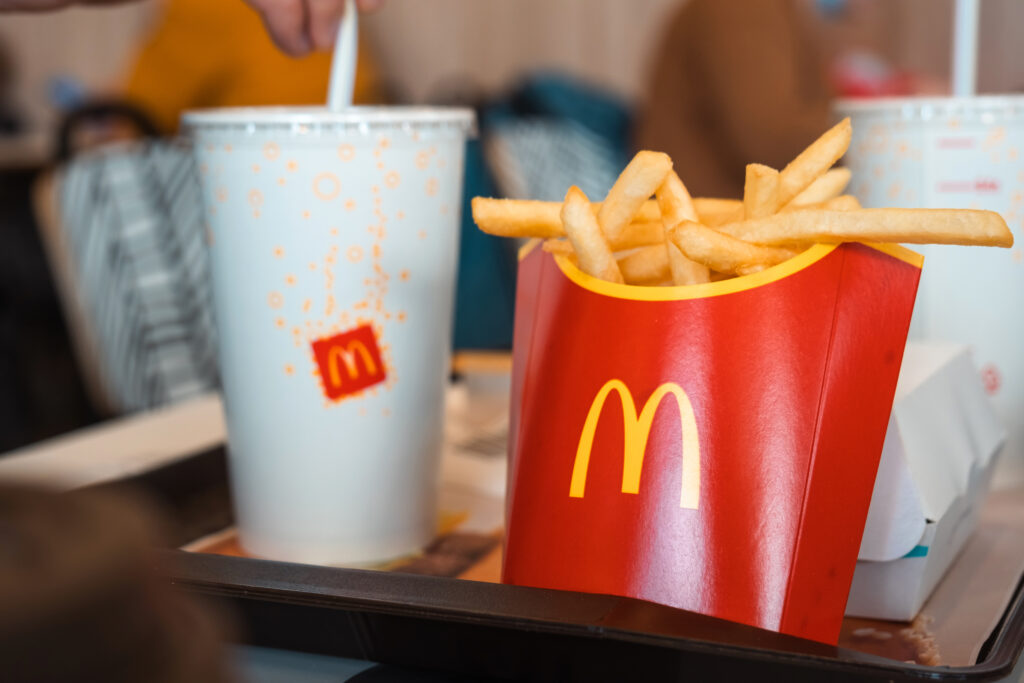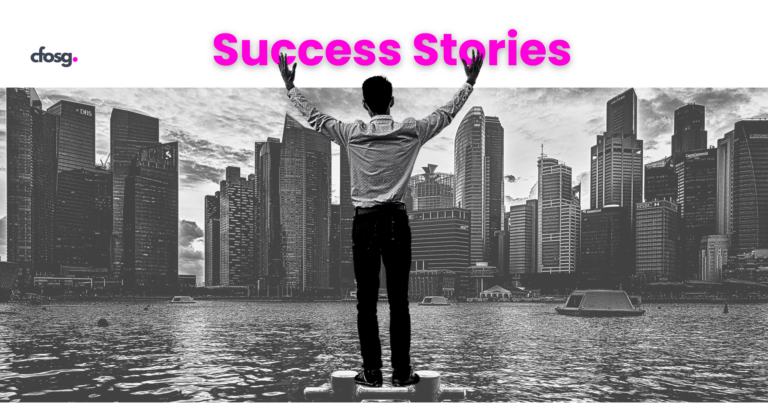The Problem: More Sales, But No Profit
An eCommerce entrepreneur was moving product—but losing money with every sale. They were selling a $15 product with a $5 cost per unit. Sales looked healthy on the surface, but high customer acquisition costs (CAC) turned each transaction into a loss.
Initial Breakdown:
Product Price: $15
Cost of Goods Sold (COGS): $5
Gross Profit Per Unit: $10
Facebook Ads Spend: $3,000
Customers Acquired: 100
CAC: $30 per customer
Net Impact per Customer:
Revenue: $15
COGS: –$5
CAC: –$30
Net Loss: –$20 per customer
Even though the product was selling, the business was cashflow-negative—unable to sustain growth or scale ad spend.
The Fix: Add an Upsell That Changes the Game
Instead of chasing more traffic, the business tested a $100 upsell. Based on patterns we’ve seen in similar product-based businesses, we built a strategy assuming 1 in 5 customers would buy this premium offer.
Revised Structure:
Core Product: $15
$100 Upsell (20% of customers purchase)
Average Upsell Revenue per Customer: $100 ÷ 5 = $20
Updated Customer Economics:
Revenue per Customer = $15 + $20 = $35
COGS = –$5
CAC = –$30
Profit per Customer (Month 1): $0
They broke even on Day 1—eliminating the wait time to recover ad spend and setting the stage for profitable growth.
Before vs. After Comparison
| Metric | Before (No Upsell) | After (With $100 Upsell) |
|---|---|---|
| Revenue Per Customer | $15 | $35 |
| CAC | $30 | $30 |
| COGS | $5 | $5 |
| Profit Per Customer (Month 1) | –$20 | $0 |
| Cashflow Positive? | No | Yes |
Why It Worked
Sales Alone Aren’t Enough
More sales just meant more losses—until the pricing and offer structure changed.Profit Comes First
Breaking even on the first transaction reduced reliance on future sales for recovery.Upsells Increased AOV Without Raising CAC
By getting more revenue from each customer, the business scaled faster without increasing acquisition costs.Cashflow Fueled Growth
With cash coming in upfront, the business could reinvest into ads and inventory quickly—without relying on financing or waiting months to break even.
By adjusting the pricing strategy and layering in a high-margin upsell, the business went from cashflow-negative to cashflow-positive—proving that profit-first structures and strategic product positioning can drive sustainable growth.

